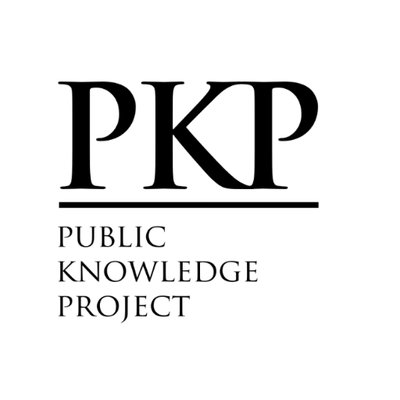Financial stability of islamic banks in the MENA countries during financial crisis and political uncertainty: an empirical investigation
DOI :
https://doi.org/10.59051/joaf.v7i1.35Résumé
The recent financial crisis has triggered a series of failures of many conventional banks and led to the rise of the interest in the Islamic banks. In this study, we seek to address the following question: What was the effect of the financial crisis and the political uncertainty on the financial stability of both Islamic and conventional banks? The conditional variance (volatility) of returns was used to measure financial stability. The various GARCH models were used to estimate volatility due to their ability to take into account the leverage effect; however they depend on the log likelihood results. The study covers a sample of 11 Islamic banks (IBs) and 17 conventional banks (CBs) for three major regions (the GCC, the Mediterranean and the MENA) for the period from (09/11/ 2005 to 09/ 12/2013). Our major findings are as follows. First, we document a significant increase in the volatility of conventional banks (CBs) during the period of the financial crisis whereas this crisis has had no significant effect on the volatility in Islamic banks (IBs). Second, the volatility of IBs has increased during the recent political turmoil and that of their conventional counterparts remain low in the Golf countries and the MENA region but more than in the Mediterranean region, this increase remained very moderate. In general, the findings are important for the understanding of the role of financial crisis and the Arab spring on the financial stability of IBs and CBs, suggesting that they are of great significance to investors.
Keywords: Islamic banks; conventional banks; financial crisis; Arab spring; political uncertainty; financial stability
Téléchargements
Références
Téléchargements
Publié
Numéro
Rubrique
Licence
© Ameni GHENIMI, khaled OWEIS, Mohamed Ali OMRI 2016

Cette œuvre est sous licence Creative Commons Attribution - Pas d'Utilisation Commerciale - Pas de Modification 4.0 International.
Les auteurs qui publient dans cette revue acceptent les termes suivants :
- Les auteurs conservent le droit d'auteur et accordent à la revue le droit de première publication, l'ouvrage étant alors disponible simultanément, sous la licence Licence d’attribution Creative Commons permettant à d'autres de partager l'ouvrage tout en en reconnaissant la paternité et la publication initiale dans cette revue.
- Les auteurs peuvent conclure des ententes contractuelles additionnelles et séparées pour la diffusion non exclusive de la version imprimée de l'ouvrage par la revue (par ex., le dépôt institutionnel ou la publication dans un livre), accompagné d'une mention reconnaissant sa publication initiale dans cette revue.
- Les auteurs ont le droit et sont encouragés à publier leur ouvrage en ligne (par ex., dans un dépôt institutionnel ou sur le site Web d'une institution) avant et pendant le processus de soumission, car cela peut mener à des échanges fructueux ainsi qu'à un nombre plus important, plus rapidement, de références à l’ouvrage publié (Voir The Effect of Open Access).






















